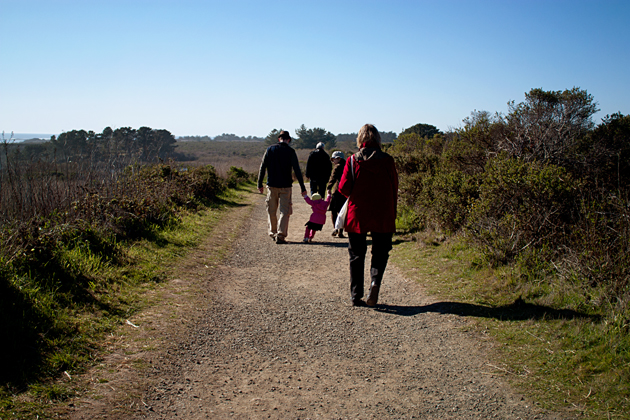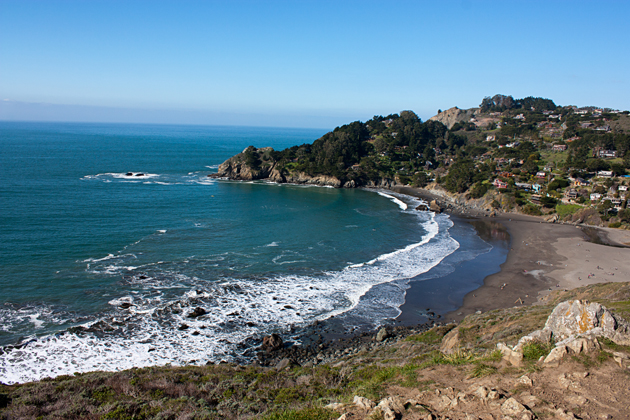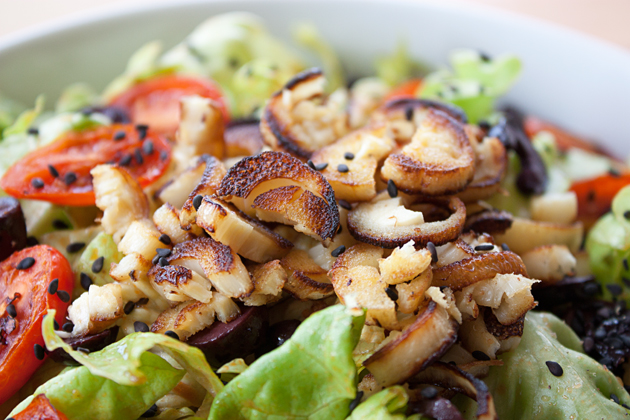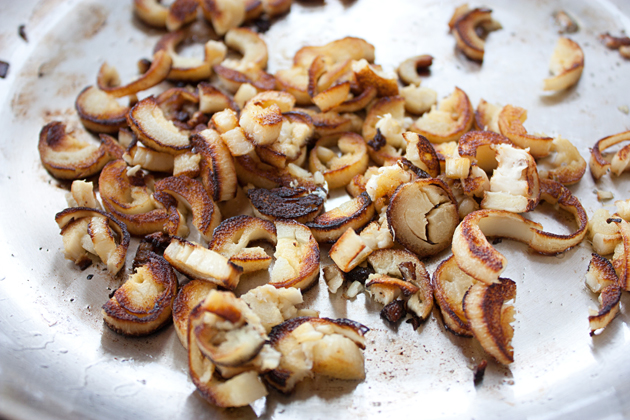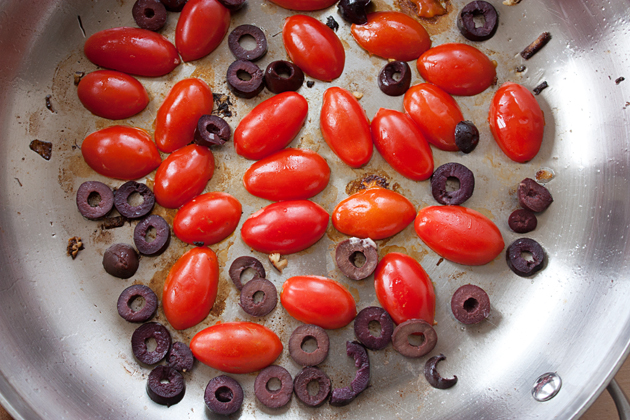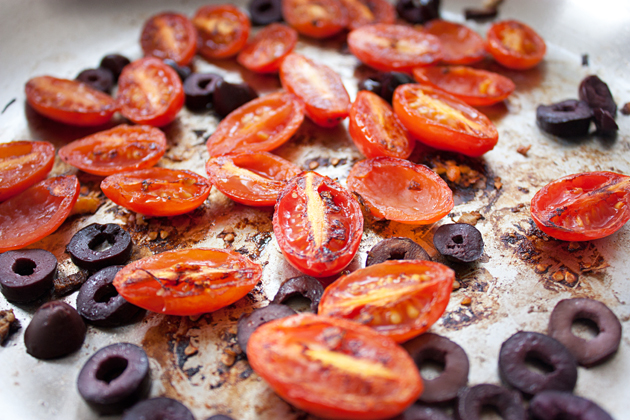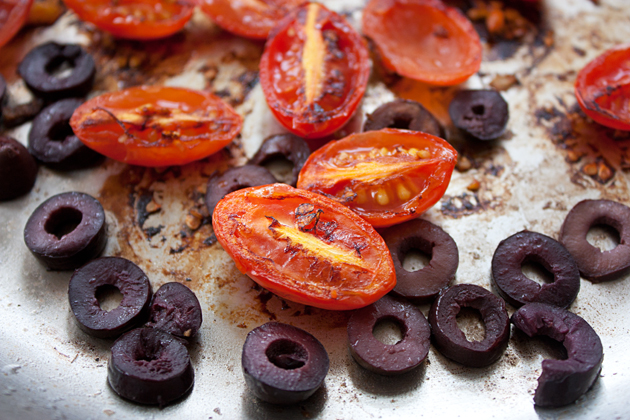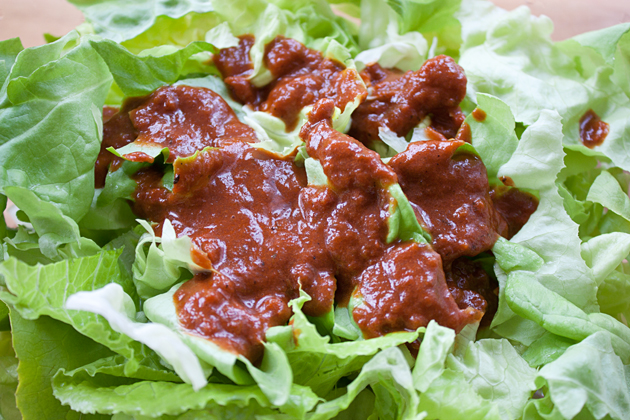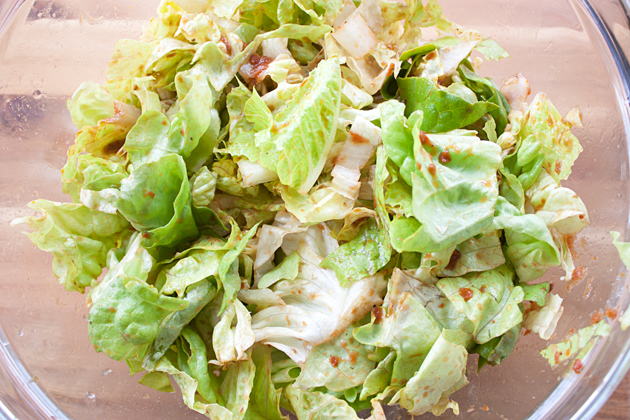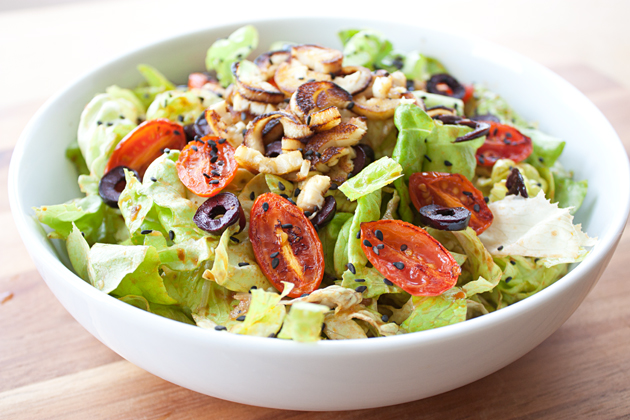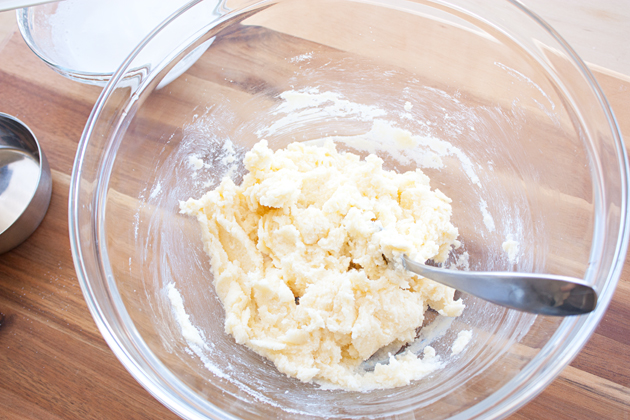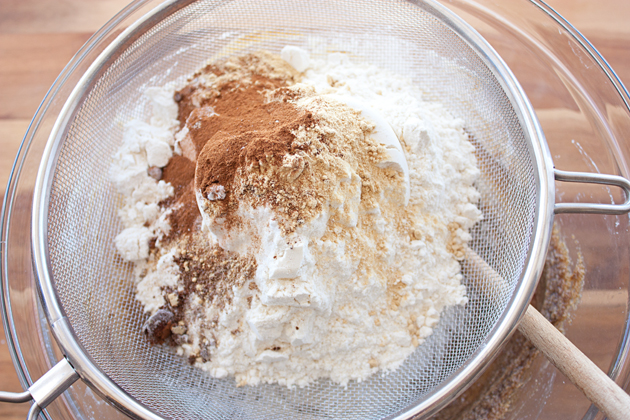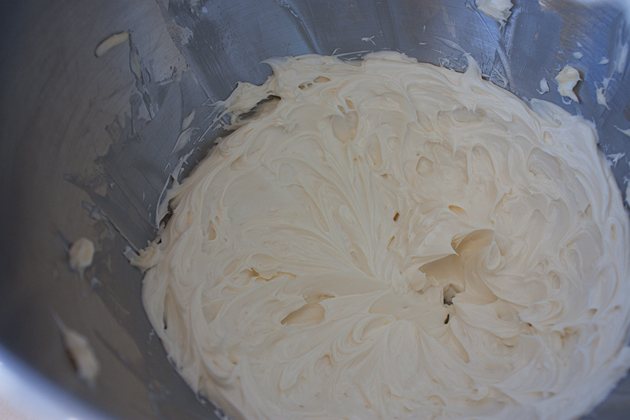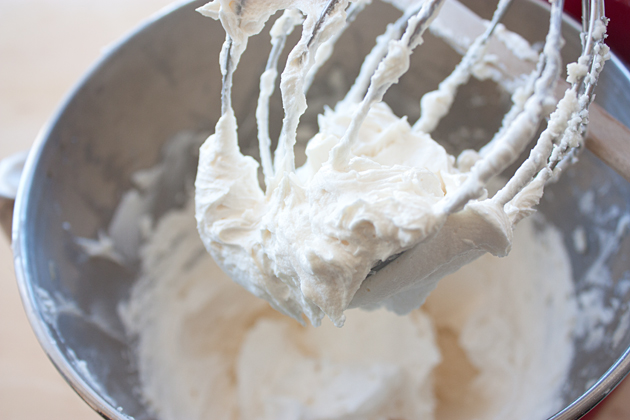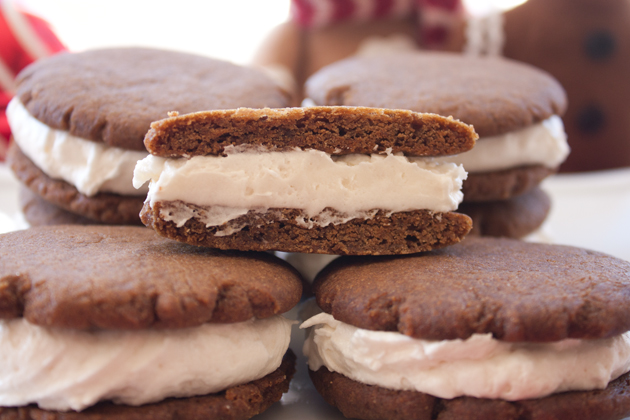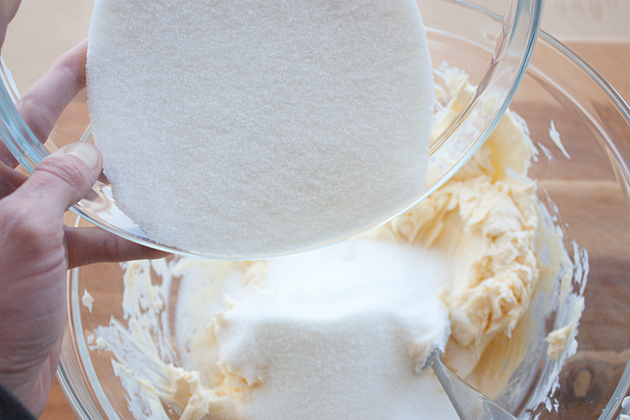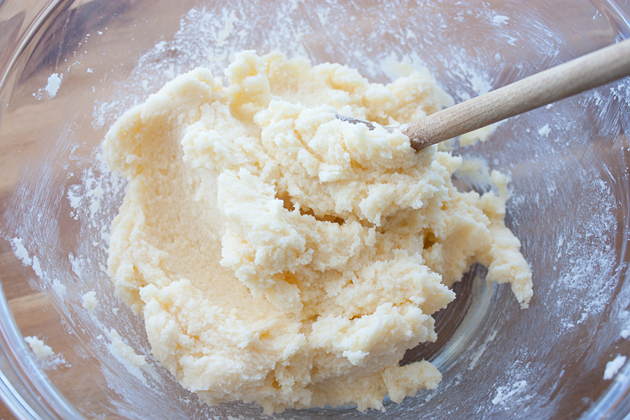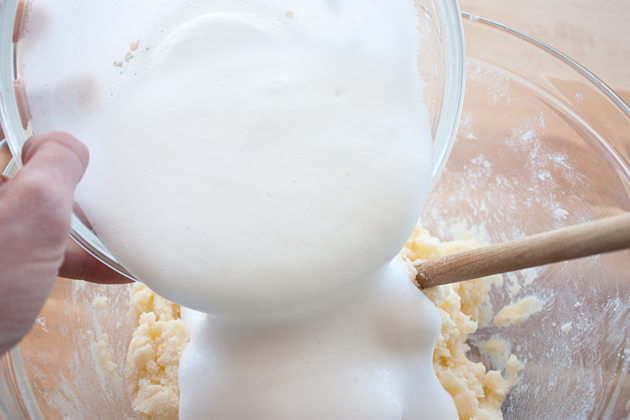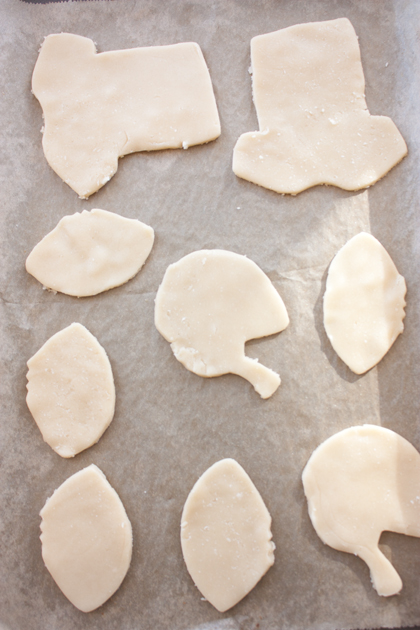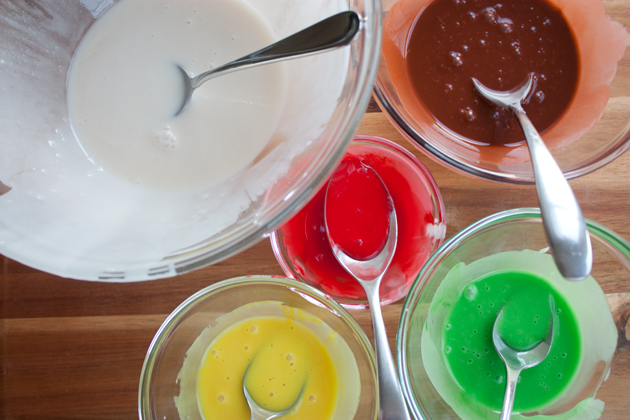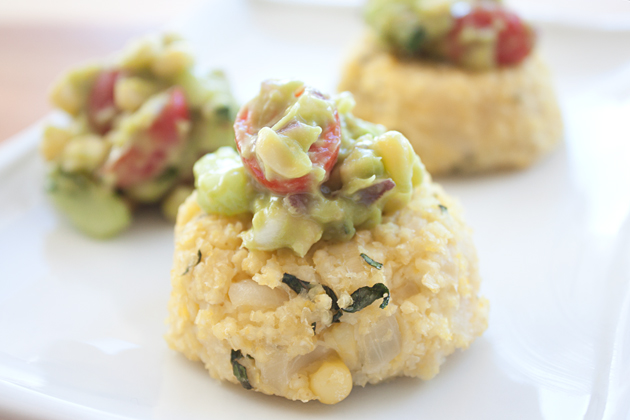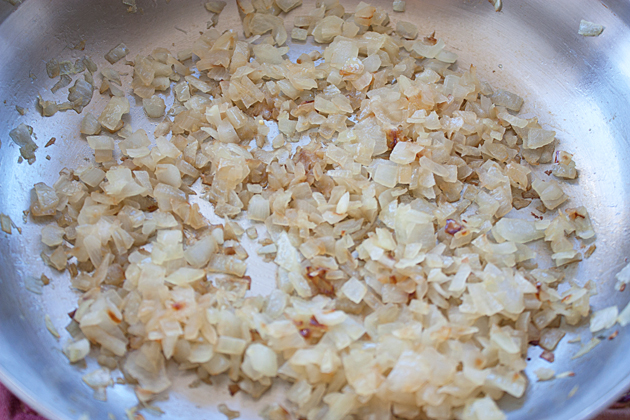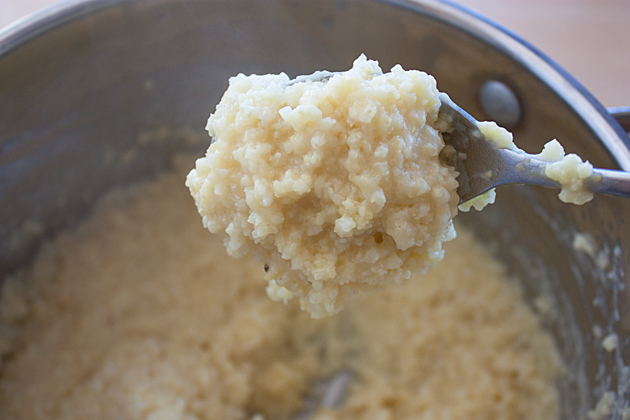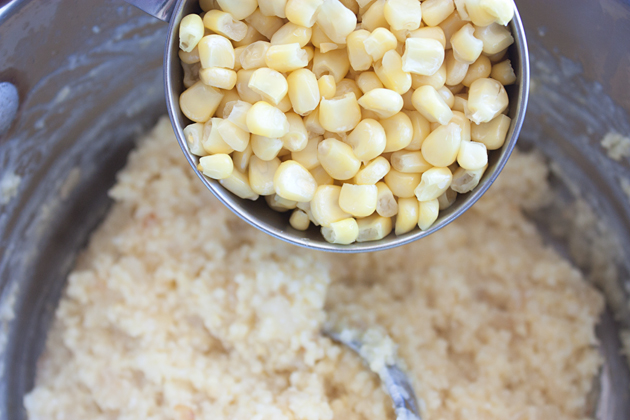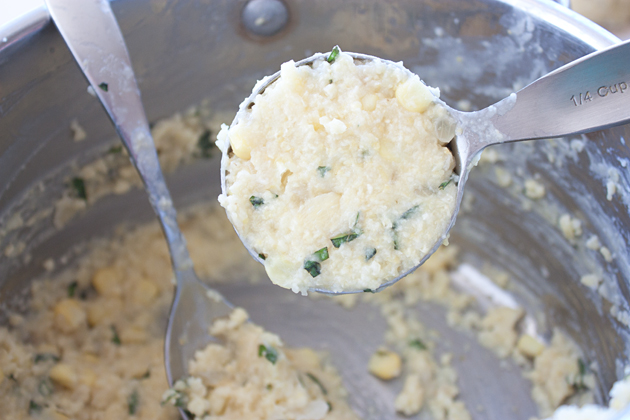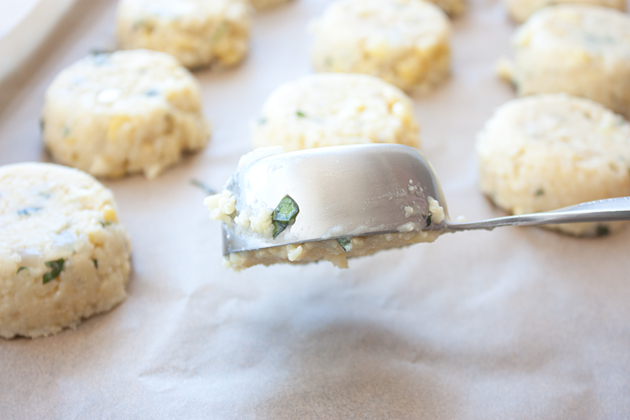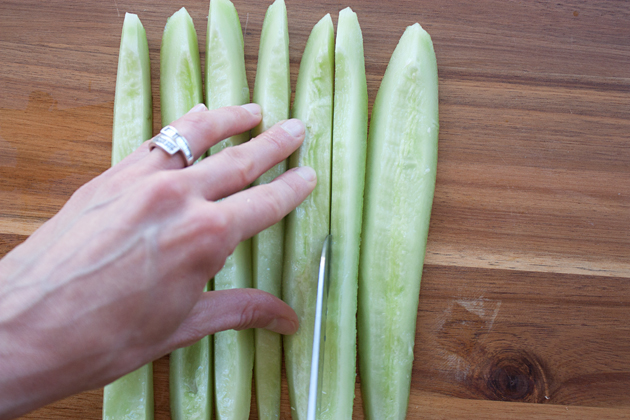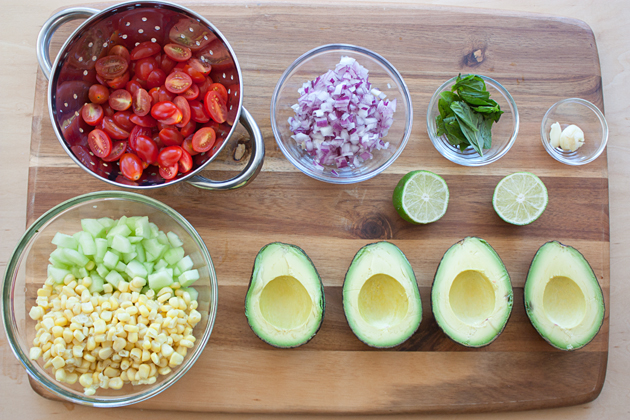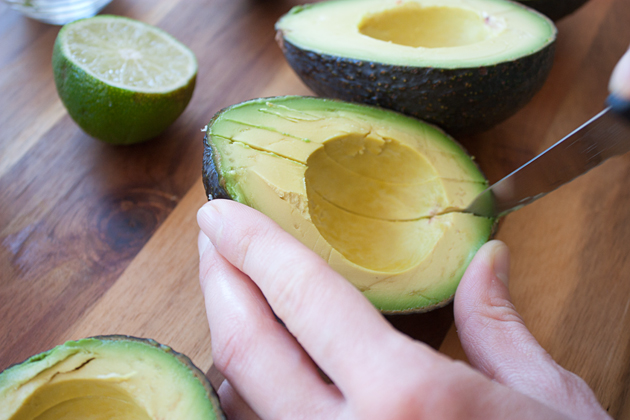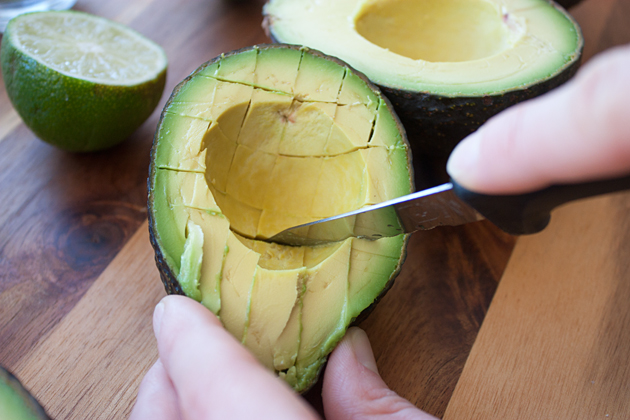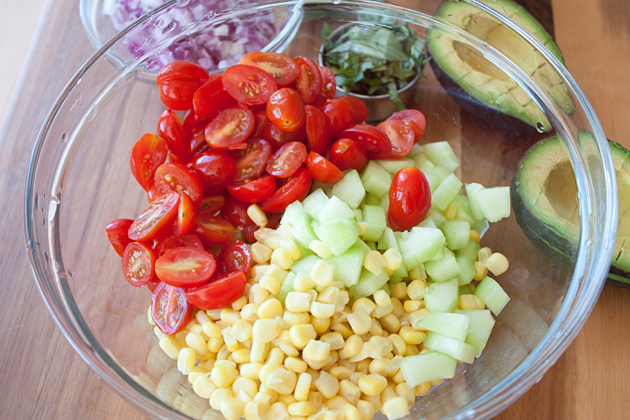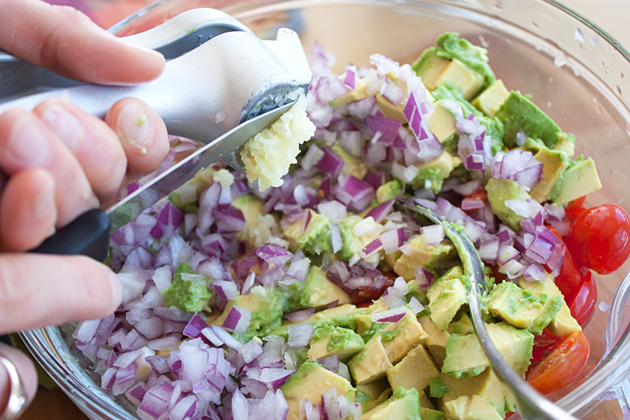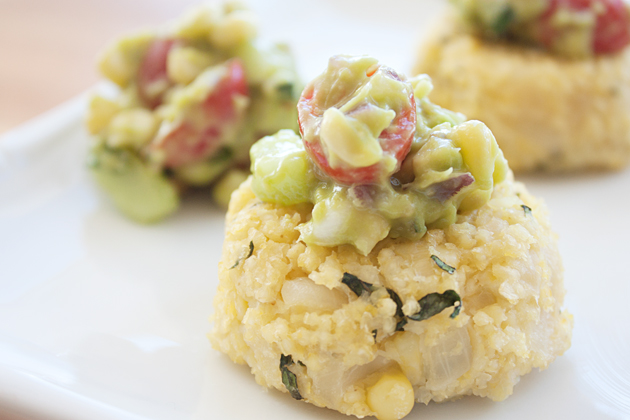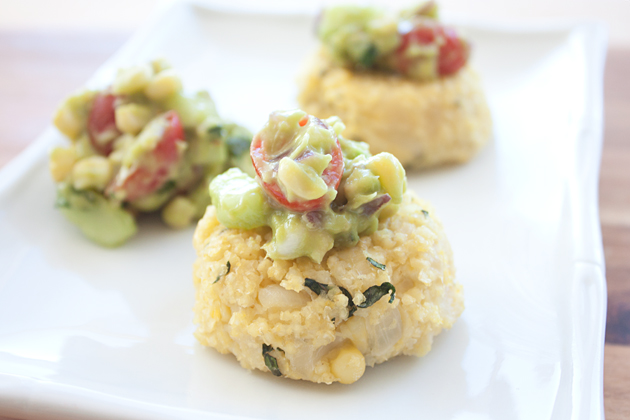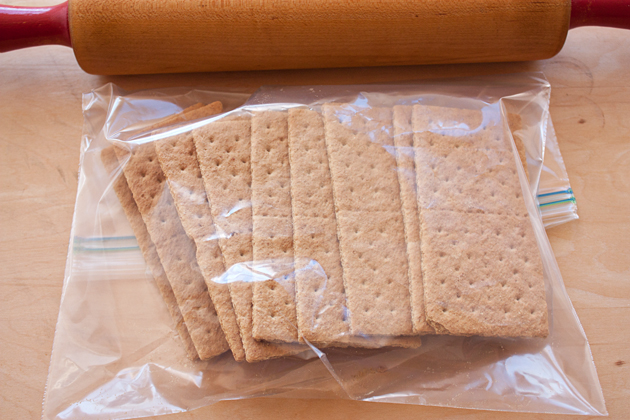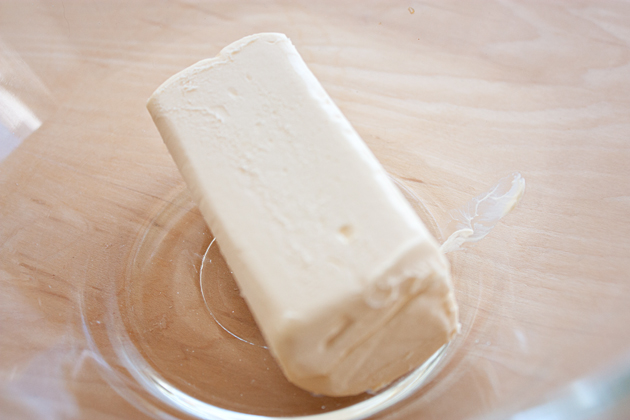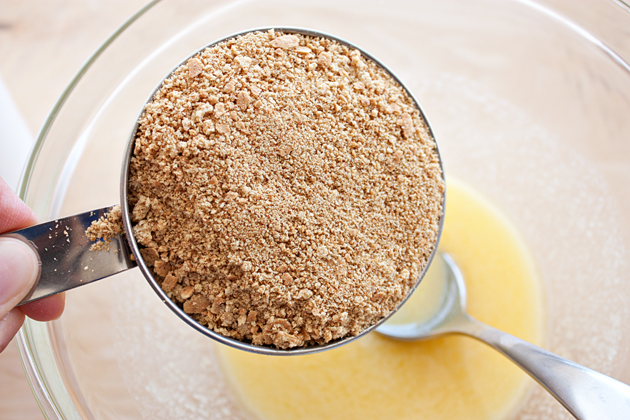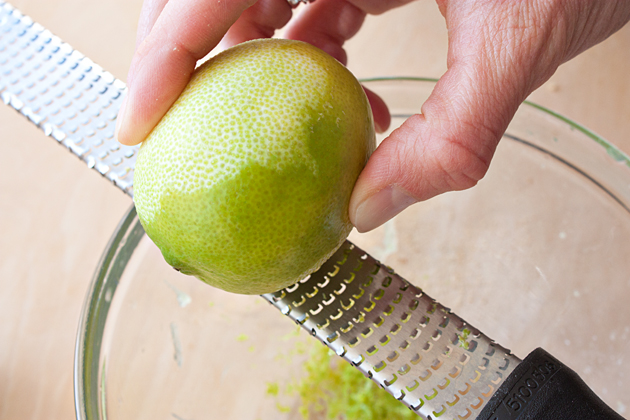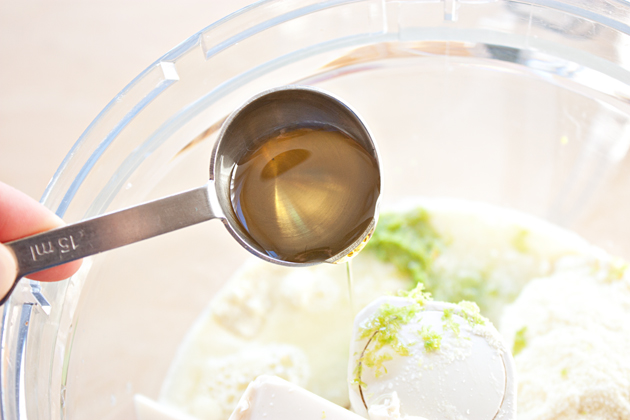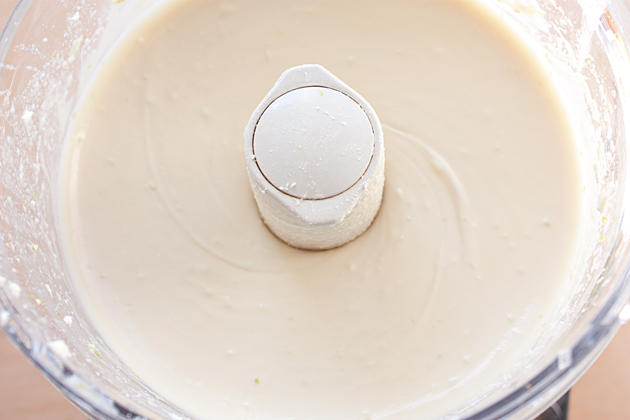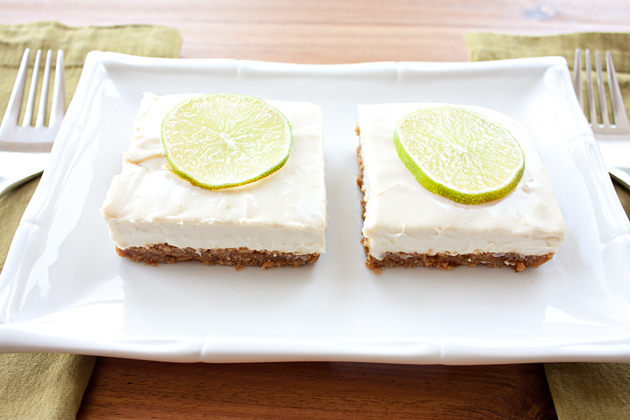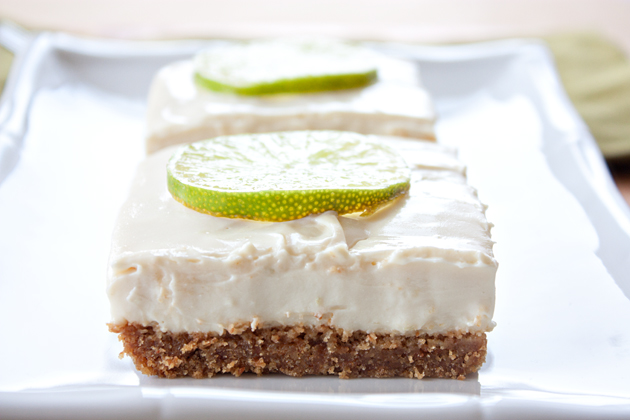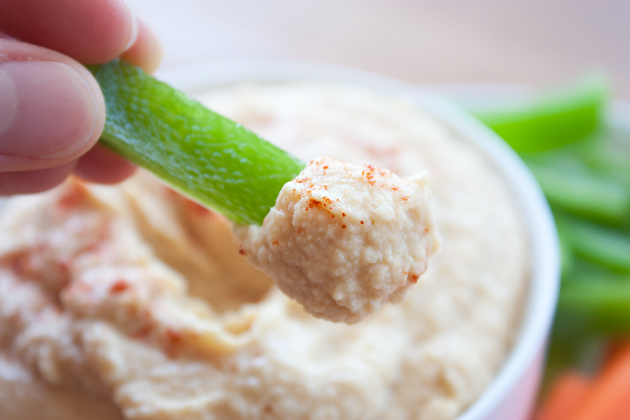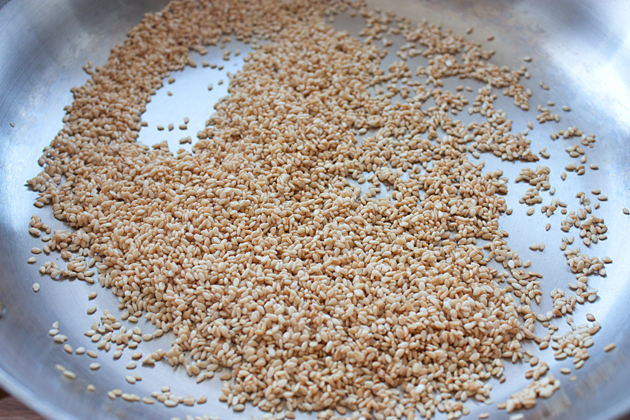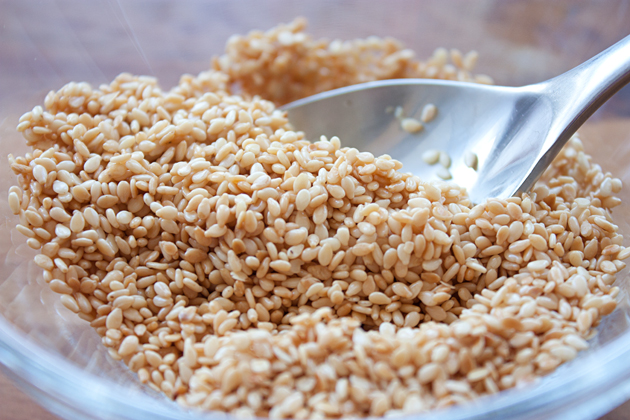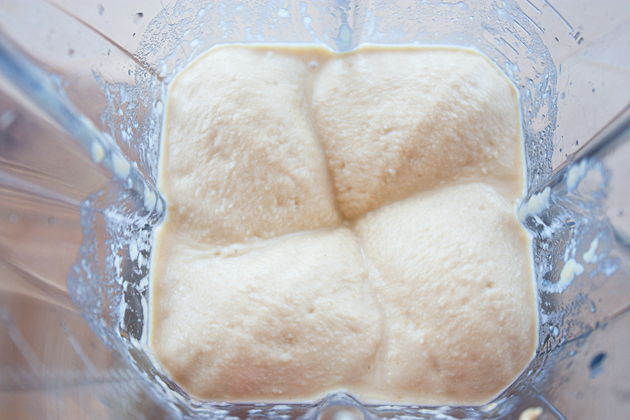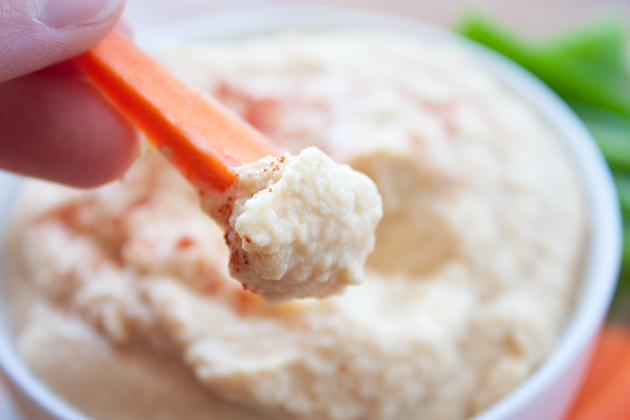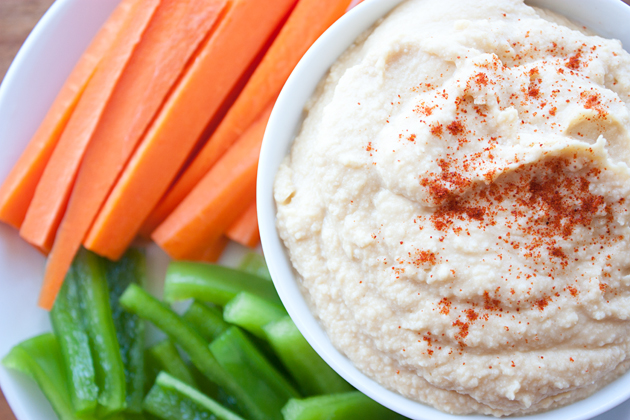Chickpea, Sweet Potato & Millet Soup
October 28, 2013 3 Comments
 Sometime before the dark cloud of nausea and exhaustion hit, I had made this simple, nourishing soup. This was back in early March (so long ago, I know!) when there was still that occasional chill in the air and I was craving something that would warm my insides. I had some sweet potatoes as well as carrots and red pepper on hand. Plus I had just cooked up a batch of fresh chickpeas that I wanted to incorporate into this dish, and I added the usual onions and garlic along with the not-so-usual millet to complete this dish. So simple, yet incredibly nourishing and tasty.
Sometime before the dark cloud of nausea and exhaustion hit, I had made this simple, nourishing soup. This was back in early March (so long ago, I know!) when there was still that occasional chill in the air and I was craving something that would warm my insides. I had some sweet potatoes as well as carrots and red pepper on hand. Plus I had just cooked up a batch of fresh chickpeas that I wanted to incorporate into this dish, and I added the usual onions and garlic along with the not-so-usual millet to complete this dish. So simple, yet incredibly nourishing and tasty. 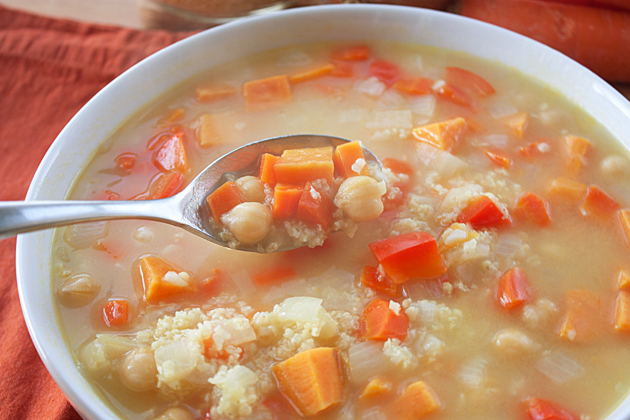
 It really is so blazingly easy to put this together and will be on the table in under 30 minutes, but before I get on to how I made it I wanted to first discuss the über-important topic of beans. When I was a poor college student I always cooked my own beans. Then, sometime several years into my post-college career, when money wasn’t so tight, I became lazy. I found myself always grabbing for cans of beans at Whole Foods where I could get a can of organic beans for $.99. I figured time was money and for a decent price I could still get good, quality, organic beans. Rewind back to college years: I had a lot of epiphanies in college as I did a lot of research about food, nutrition, and the crazy chemicals our bodies are exposed to, especially through the food and drinks we consume. It was then, roughly 14 years ago, that first learned of the horrors of BPA. If you don’t know, I’d suggest doing some research, but basically high levels of it, which most Americans have because it’s so rampant in plastics, have been linked to cancer, birth defects (particularly regarding hormone/endocrine systems, and brain and behavior problems). At the time, I only knew of how rampant it was in plastics so I traded in my plastic water bottles and tupperware containers for glass in an effort to reduce my overall BPA exposure. Fast forward to last year: To my horror, I discovered that nearly all cans of canned foods are lined with BPA, which is used to preserve the contents inside (Eden Organic is the only one I know that isn’t). In late 2011 a Harvard study found that participants who ate one serving of canned soup a day (which most said was not enough food for them) for five consecutive days had a 1,221% increase of BPA levels in their urine. Those are some scary high levels, especially when I think of how much canned food I often consume!
It really is so blazingly easy to put this together and will be on the table in under 30 minutes, but before I get on to how I made it I wanted to first discuss the über-important topic of beans. When I was a poor college student I always cooked my own beans. Then, sometime several years into my post-college career, when money wasn’t so tight, I became lazy. I found myself always grabbing for cans of beans at Whole Foods where I could get a can of organic beans for $.99. I figured time was money and for a decent price I could still get good, quality, organic beans. Rewind back to college years: I had a lot of epiphanies in college as I did a lot of research about food, nutrition, and the crazy chemicals our bodies are exposed to, especially through the food and drinks we consume. It was then, roughly 14 years ago, that first learned of the horrors of BPA. If you don’t know, I’d suggest doing some research, but basically high levels of it, which most Americans have because it’s so rampant in plastics, have been linked to cancer, birth defects (particularly regarding hormone/endocrine systems, and brain and behavior problems). At the time, I only knew of how rampant it was in plastics so I traded in my plastic water bottles and tupperware containers for glass in an effort to reduce my overall BPA exposure. Fast forward to last year: To my horror, I discovered that nearly all cans of canned foods are lined with BPA, which is used to preserve the contents inside (Eden Organic is the only one I know that isn’t). In late 2011 a Harvard study found that participants who ate one serving of canned soup a day (which most said was not enough food for them) for five consecutive days had a 1,221% increase of BPA levels in their urine. Those are some scary high levels, especially when I think of how much canned food I often consume! 
 So around the beginning of this year, I made a commitment to eliminate all BPA-lined canned foods, which was pretty much only beans, from my diet and I started buying them dried again. Through months of doing this, I played with using both the quick-soak method (where you bring them to a boil and cook for two minutes before turning off the heat and letting them sit for two hours) as well as overnight soaking (at least eight hours soaking in cold water) and wanted to share my results regarding the amount and texture these two methods produce. I started with one cup of dried beans, and as the photo indicates, after overnight soaking and quick-soaking for two hours, I ended up with over two cups of beans for each. No big difference there.
So around the beginning of this year, I made a commitment to eliminate all BPA-lined canned foods, which was pretty much only beans, from my diet and I started buying them dried again. Through months of doing this, I played with using both the quick-soak method (where you bring them to a boil and cook for two minutes before turning off the heat and letting them sit for two hours) as well as overnight soaking (at least eight hours soaking in cold water) and wanted to share my results regarding the amount and texture these two methods produce. I started with one cup of dried beans, and as the photo indicates, after overnight soaking and quick-soaking for two hours, I ended up with over two cups of beans for each. No big difference there. 
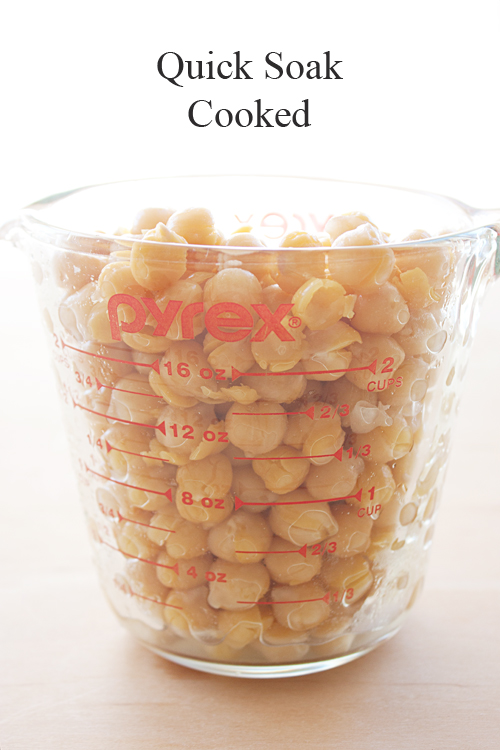
 For each soaking methods, once I had fully cooked them for an hour on the stove, their size still did not increase much, if at all. I was surprised that one method didn’t result in a slightly larger bean and slightly higher yield. During this experiment , I also wanted to do a cost comparison (which is at the bottom of this post) with canned beans because I was curious as to how much money I was saving by not being so lazy and making the switch. To give you a hint, the cost difference is VERY significant.
For each soaking methods, once I had fully cooked them for an hour on the stove, their size still did not increase much, if at all. I was surprised that one method didn’t result in a slightly larger bean and slightly higher yield. During this experiment , I also wanted to do a cost comparison (which is at the bottom of this post) with canned beans because I was curious as to how much money I was saving by not being so lazy and making the switch. To give you a hint, the cost difference is VERY significant.  While the overnight vs. quick soak method didn’t produce dramatic results in the size of chickpeas, what I did notice was tons of floating chickpea skins in the cooking liquid from the quick-soak ones by the end of cooking. Picking them out is not so much fun and definitely time consuming.
While the overnight vs. quick soak method didn’t produce dramatic results in the size of chickpeas, what I did notice was tons of floating chickpea skins in the cooking liquid from the quick-soak ones by the end of cooking. Picking them out is not so much fun and definitely time consuming. 
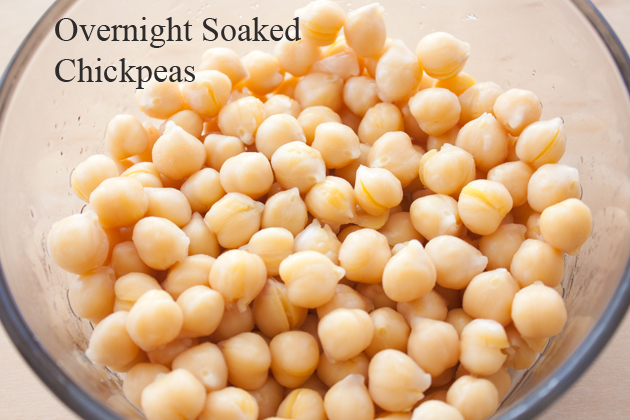 Additionally, the quick soaked beans fell apart more, which may be okay for making hummus, but not for when you need the beans whole. It’s possible that you can prevent this by adding salt while they’re cooking, but I’ve always been hesitant to do that because I was trained that adding salt to beans while cooking does not allow them to absorb water leaving you with a tough, hard bean. Also, in general, there is something that I really love about the texture of the overnight soaked ones that’s not present in the quick-soaked ones so as long as I think ahead, I much prefer to soak them overnight.
Additionally, the quick soaked beans fell apart more, which may be okay for making hummus, but not for when you need the beans whole. It’s possible that you can prevent this by adding salt while they’re cooking, but I’ve always been hesitant to do that because I was trained that adding salt to beans while cooking does not allow them to absorb water leaving you with a tough, hard bean. Also, in general, there is something that I really love about the texture of the overnight soaked ones that’s not present in the quick-soaked ones so as long as I think ahead, I much prefer to soak them overnight.  Now that we’ve got that out of the way, onward to how I put this simple dish together.
Now that we’ve got that out of the way, onward to how I put this simple dish together. 
 I prepped my veggies, and made sure to have my cooked chickpeas finished.
I prepped my veggies, and made sure to have my cooked chickpeas finished. 
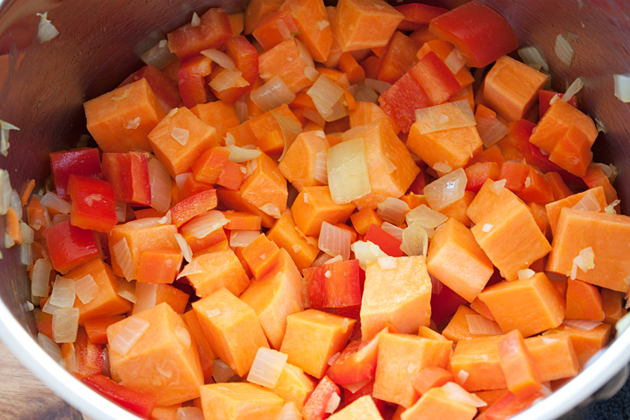 I sauteed my onions, garlic, and carrots for 5-7 minutes or until the onions became translucent. I added the sweet potato chunks and red peppers and sauteed for another minute.
I sauteed my onions, garlic, and carrots for 5-7 minutes or until the onions became translucent. I added the sweet potato chunks and red peppers and sauteed for another minute. 
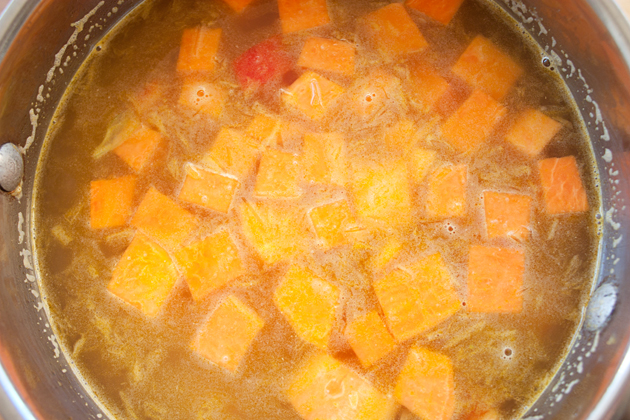 I added the millet, sauteed for another minute and then added the veggie broth (note, a good, high-flavor veggie broth is important otherwise you might feel like the flavors of this soup are too mild or bland.) I brought the liquid to a boil and then cooked it partially covered for 15 minutes on medium heat. I added the chickpeas about 3 minutes before the end of cooking time.
I added the millet, sauteed for another minute and then added the veggie broth (note, a good, high-flavor veggie broth is important otherwise you might feel like the flavors of this soup are too mild or bland.) I brought the liquid to a boil and then cooked it partially covered for 15 minutes on medium heat. I added the chickpeas about 3 minutes before the end of cooking time.  After serving myself a bowl and enjoying dinner, I then place the remaining soup in my glass lunch containers to bring to work the next few days. No BPA-coated plastic here!
After serving myself a bowl and enjoying dinner, I then place the remaining soup in my glass lunch containers to bring to work the next few days. No BPA-coated plastic here!  Chickpea, Sweet Potato & Millet Soup serves 4
Chickpea, Sweet Potato & Millet Soup serves 4
- 1 tablespoon extra virgin olive oil
- 1 medium yellow onion, diced
- 2 medium carrots, diced
- 3 cloves garlic, minced
- 1 medium sweet potato, chopped
- 1 medium red bell pepper, chopped
- 1 cup millet, rinsed
- 8 cups vegetable broth
- 2 bay leaves
- 1 1/2 – 2 cups chickpeas, cooked and drained
- salt to taste
- suggested optional spices if you’re feeling it needs some oomph: dash of cayenne pepper, 1 teaspoon paprika, 2 teaspoons cumin, 1 teaspoon coriander
Saute Veggies: Heat a large saucepan over medium heat and add the tablespoon of olive oil. Once the oil is warm, add the onions, carrots, and garlic. Saute for 5-7 minutes or until the onions are soft and translucent. Add the sweet potatoes and red pepper and saute for another 2 minutes. Add the millet and saute for 1 more minute. Cook: Add the veggie broth and bay leaves and bring to a boil. Cook partially covered for 15 minutes. 3 minutes prior to the end of cooking, add the cooked chickpeas. Cost Analysis of organic BPA-free Dried vs. Canned Chickpeas 3 cups dried chickpeas = 6+ cups cooked chickpeas 3 cups dried (1.24 lbs) @ $2.00/lb = $2.48 1 can Eden organic chickpeas = $2.39 Dried = 6 cups = $2.48 Canned = 2 cups = $2.39 That’s 3 times the cost to buy canned vs. cooking them yourself! WOWZA!! Over a life time of bean eating that’s a significant amount of savings! 

